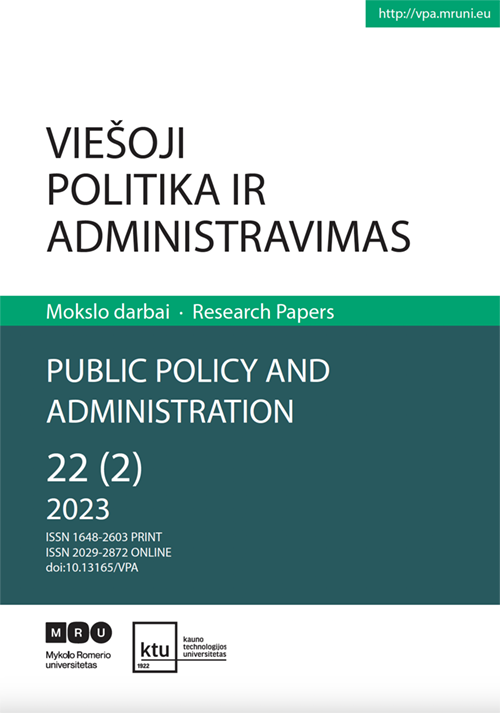THE ROLE OF THE EUROPEAN UNION’S RURAL DEVELOPMENT FINANCIAL INSTRUMENTS IN THE CONSERVATION OF BIOLOGICAL DIVERSITY IN LITHUANIA
THE ROLE OF THE EUROPEAN UNION’S RURAL DEVELOPMENT FINANCIAL INSTRUMENTS IN THE CONSERVATION OF BIOLOGICAL DIVERSITY IN LITHUANIA
Author(s): Pranas Mierauskas, Andrius StasiukynasSubject(s): Agriculture, Energy and Environmental Studies, Environmental and Energy policy, Rural and urban sociology
Published by: Mykolas Romeris University
Keywords: rural development; financial instruments; environmentally friendly agricultural measures; biological diversity;
Summary/Abstract: The purpose of this review article is to consider the role of the European Union’s rural development financial instruments in preserving biodiversity in the agrarian landscape. This article is important in that there are not many works published on such a topic, and this problem is currently relevant. The main focus of the article is on analyzing and evaluating the impact of the European Union’s financial instruments on the conservation of biodiversity in the agrarian landscape. The article analyzes the application of the European Union’s financial mechanisms during three periods in Lithuania: 2000–2006, 2007–2013 and 2014–2020. Rural development had specific objectives, measures and activities during each period, with different impacts on biodiversity. In the absence of relevant legislation from the Lithuanian Ministry of Agriculture under SAPARD (the Special Accession Programme for Agriculture and Rural Development), biodiversity measures were not implemented in the first period (2000–2003), and this reduced the effectiveness of implementation in the second period. The second period included measures to protect biodiversity, but farmers and other land users chose measures and activities according to implementation options and compensation payments. In the third period, more measures and activities were implemented than in the second. There were also specific activities to preserve endangered bird species. It should be noted that more funds were allocated to the conservation of biological diversity. The activities of farmers and other land users were different during each period. It was found that the measures and activities were not only selected on the basis of the level of financial compensation, but also on the possibility of their implementation. This research is based on analysis and evaluation via methods such as descriptive and comparative data analysis in different periods. The article is relevant for agrarian researchers, agricultural specialists and scientists in the field of biodiversity conservation.
Journal: Viešoji politika ir administravimas
- Issue Year: 22/2023
- Issue No: 2
- Page Range: 164-175
- Page Count: 12
- Language: English

